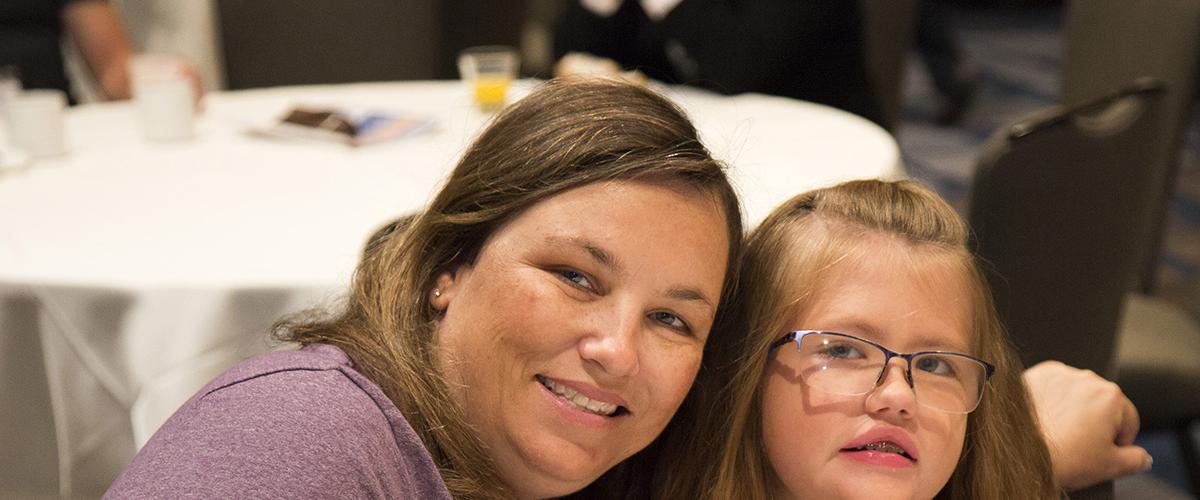Patterns:
-
Major and clinically relevant eye manifestations in DM2 can include the following: cataracts, eyelid ptosis and incomplete eyelid closure, retinal changes and changes in intraocular pressure.
-
Visual impairments are most often caused by cataracts.
-
Cataracts in DM2 may progress faster than usual cataracts, thus individuals may present with early onset cataracts. Cataracts before the age of 55 or a family history of premature cataracts suggest a diagnosis of DM in individuals with muscle symptoms.
Symptoms:
-
Symptoms of cataracts and other eye manifestations in DM2 (see above).
Diagnosis:
-
Discuss the following tests with your doctor:
-
DM2 ocular manifestations via a slit-lamp examination as part of an annual eye exam. Regular ophthalmological examinations after the cataract surgery as cataracts may recur.
-
Eyelid ptosis; if ptosis becomes severe and interferes with vision, intervention, such as eyelid “crutches” that can be inserted into glasses, may be warranted. Try crutches as a remedy for ptosis before eyelid surgery is considered, due to anesthesia risks and concomitant eye closure weakness.
-
Treatment:
-
Surgery to remove cataracts can be performed, but local anesthesia is preferred so that complications associated with general anesthesia can be avoided.
-
Refer to:
-
Surgical ophthalmologist when cataracts interfere with the ability to meet the needs of daily living, and surgical removal of the opaque lens with intraocular lens implantation is indicated. Ensure anesthesia risks and side effects are clear.
-
Ophthalmologist for regular follow-up to evaluate weakness of eyelid closure. Ophthalmic lubricants for dry eye can be considered.
-

